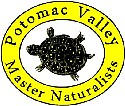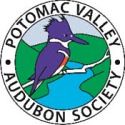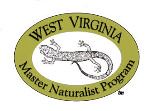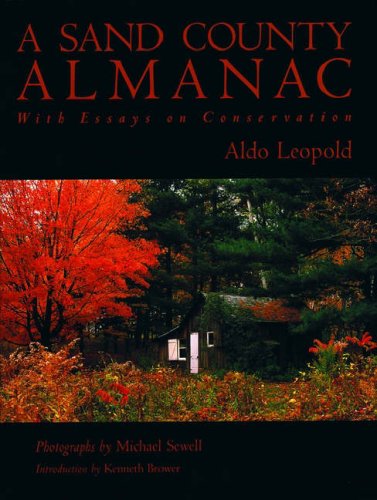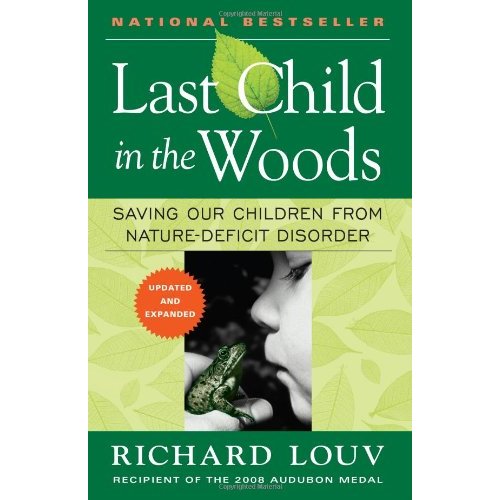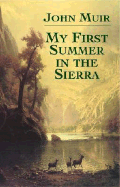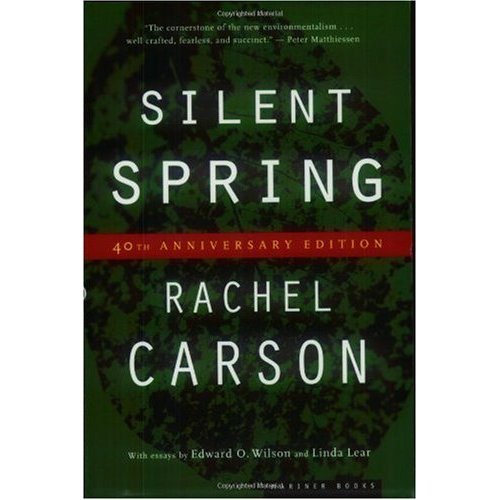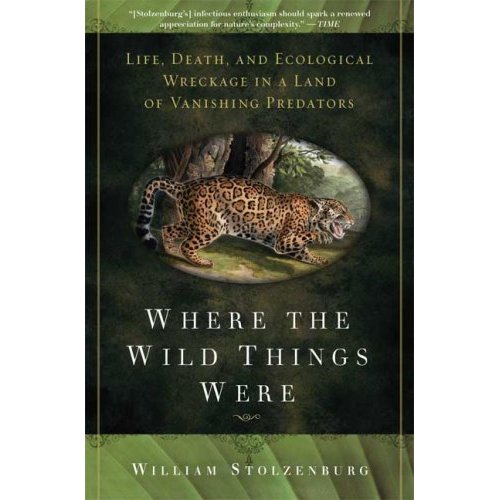Plant identification is certainly hard enough especially for those of us who are not botanists but it really gets difficult when the plant characteristics are similar. I recently went on line to ID a suspicious patch of weedy grassiness on the east side of my house, one of the areas I’ve been letting grow in preparation for a wild yard application. My relief that it wasn’t Japanese stilt grass was short-lived when I discovered a real patch of the stuff on the south side of the house. I live on the side of a mountain ridge. Back to the computer. The predominant wavy leaf pattern and occasionally ambiguous pictures led me to believe that the east side patch was wavy leaf basket grass, an invasive from Asia that is like J. stilt grass in many ways. Big mistake. My first clue should have been the reported distribution of wavy leaf on the Early Detection & Distribution Mapping System (EDDMapS) (none in WV) but I thought the wavy leaf was a dead sure ID. Yesterday, thanks to further research on the internet and a great e-mail description plus a really good picture from Kerrie Kyde, the invasive plant ecologist with Maryland DNR (where the first actual discovery was made in Patapsco State Park), I realized it was Arthraxon hispidus also know as joint-head grass or small carpet grass which is now wide-spread over our area. Moral of the story - do your research and then do it again, unless you have seen it Ided in the flesh, so to speak. Fortunately, EDDMapS has a verification procedure so I would have been busted sooner or later. More on EDDMapS and the Mid-Atlantic Early Detection Network (MAEDN) later. Kerrie also tells me that there is a Cooperative Weed Management Area training taking place at NCTC on November 7 from 9 to 3. It covers how to establish and manage a Weed Management program. It is free except for the obligatory NCTC lunch. If anyone is interested, e-mail me and I will send you a copy of the flyer.
On a happier note, classmate Karen Eddleman, sends us sources for those who are interested in native bees.
“While working on a citizen science project, I came across this beautiful publication (online and PDF) prepared by the USDA. The artwork is amazing! The booklet gives information about the more common native bee species and also some information about pollinator gardens and building nesting structures for mason and other bee species. I think it would be a terrific resource for anyone instructing older students or adults on the topic.” Here's a link: http://www.fs.usda.gov/Internet/FSE_DOCUMENTS/stelprdb5306468.pdf
I took a peak and it really looks like a great educational tool.If you have comments (constructive only please) or an idea for a future blog, e-mail me at
linlmercer@aol.com. or linlmercer@gmail.com I usually check the aol account more often.
skip to main |
skip to sidebar
Missed a Class?
If you couldn't make it to one of our classes click here to check out other state chapter's schedules.

